
Being active is one of the numerous ways to gain many health benefits. This doesn’t mean you must visit or register at a gym. Instead, you can simply get yourself an appropriately placed spot outside your window! With its characteristic green space, outdoor workouts come with a lot of scientifically proven benefits.
How to prepare for your outdoor workout
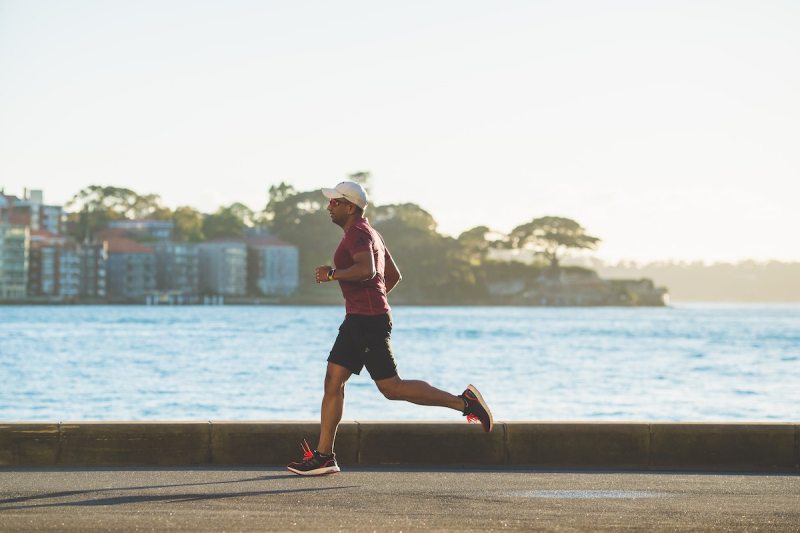
Heading for an outdoor workout can be as simple as hitting the road with your favorite sportswear and running shoes, but it could go beyond that with a properly planned and organized structure to ensure safety. You can start by designing an exercise plan. Do this by writing out the exercises you will be performing, along with the sets, reps, progression, and rest periods. A complete workout will include a warmup, exercises, and a cool-down.
Dress appropriately for the weather out there. You should wear light-colored, lightweight workout clothes for hot weather, while multiple layers of quick-dry fabrics alongside headbands, hats, and gloves could be suitable for cold weather. Daytime workouts will require wearing sunscreen to ensure your skin is not exposed to sun rays. You could also throw in sunglasses and a hat for extra protection.
No matter the temperature, it’s essential to always have a bottle of water because keeping hydrated will help improve your fitness level and prevent the negative symptoms of dehydration.
In addition to your clothing and water bottle, you may need certain equipment to maximize the effects of your selected activity. Try bringing lightweight equipment pieces like resistance bands and jump ropes to spice up your routine.
7 reasons to take your exercise outdoors
Now that you are ready to reap the benefits of your outdoor workout, go have some fun!
1. Access to cleaner air
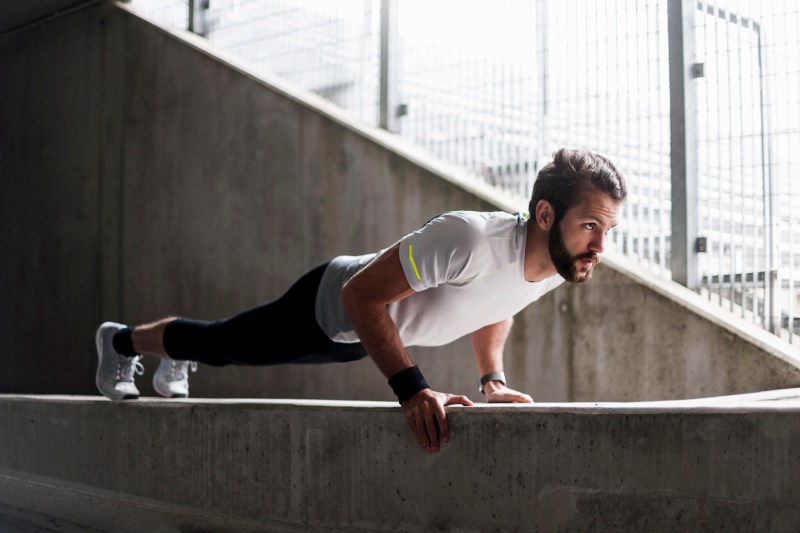
You’d agree that the outdoor air smells cleaner than the air inside — whether in the house or the gym. This is because one of the most important organs in the body that comes into play when we exercise is the lungs. The lungs bring in oxygen to provide energy and remove carbon dioxide as the waste product.
During a workout, oxygen is pumped into the muscles to keep them active and working. As your training progresses both in time and in energy expenditure, more oxygen is demanded to keep the muscles moving. This constant flow of oxygen to continually supply and meet the demands of your body can easily be preserved if you spend the bulk of the time exercising outside, where the fresh air is in abundance. Stepping outside and taking a deep breath of that clean air can help you reap the maximum benefits of increased energy levels. It also improves digestion, cleans up your lungs, relieves you of stress and anxiety, and bolsters your immune system.
2. Accessibility
One of the common reasons why people don’t exercise is a lack of time to get to the gym, but outdoor workouts defeat this excuse. All you need to get your outdoor workout started is to simply walk into the space you see from your window by stepping out of your front door.
The environment around you is likely to provide you with streets, tracks, and hills ideal for running, cycling, walking, and other activities. You may even be able to find a space where you can perform a variety of resistance training exercises. Try to creatively use your surroundings to devise a perfect workout plan, so you don’t have to deal with navigating traffic, parking garages, and crowded locker rooms.
3. Cost-effectiveness
Apart from a good pair of shoes, outdoor workouts do not require any other special equipment and are usually free of charge. This allows you to save money while still introducing a variety of training patterns and offering a range of benefits.
4. Accountability and socialization
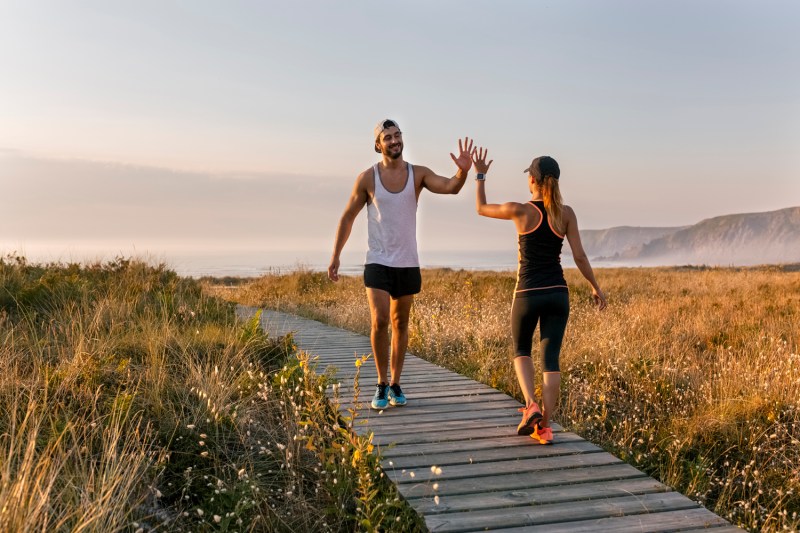
Accountability is one of the best strategies advocated for as a guaranteed way to ensure you meet your fitness goals. Most people need someone who will help motivate them and push them to achieve their goals. Luckily, the outdoors can offer you a social support system and network!
You can have friends, colleagues, and neighbors to share your fitness goals with, or you can involve a workout partner who has similar goals as you do and will push you to work at achieving those goals by encouraging you to commit to your routine and being there to check up on your progress. In addition, outdoor workouts allow you to talk and be with more people and have all the fun and happy moments while working toward your goals!
5. Boosts vitamin D production
Vitamin D is also known as the sunshine vitamin, as its best source is the sun. Stepping outdoors to work out exposes you to sunlight, thereby enhancing vitamin D production. This vitamin has been linked with many benefits in the body, and low levels can lead to adverse health consequences, including osteoporosis, cancer, depression, muscle weakness, and death.
Getting a run or walk outdoors is a natural and safe way to source vitamin D, which is excellent for bone health, increasing muscle mass and strength, boosting immune system function, and reducing inflammation. The sunshine also helps in serotonin production (the body’s natural mood stabilizer) alongside other feel-good endorphins that will improve your mood and self-esteem.
6. Boredom out, variety in
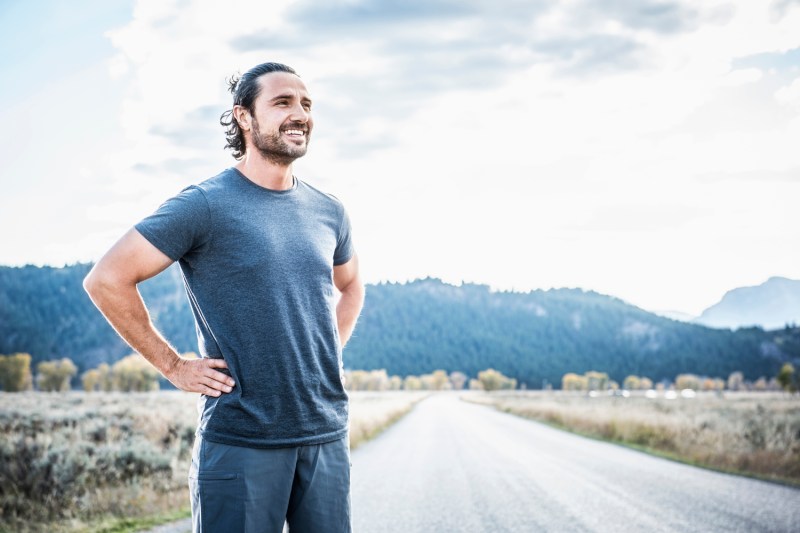
Exposure to a particular workout environment can be followed by boredom and can make you tire out and lose the motivation to keep at it. However, the outdoors affords you an opportunity to connect with mother nature, people, and places within your environment and could give you something different.
With the constant changes in weather, temperature, and terrain — things you can’t control — you can overcome your regular stressors. Getting outside would mean you would challenge your body differently within a greater space, and you get to work out while also providing yourself a mental break.
7. Boosts mental and physical health
Outdoor workouts spur a range of health benefits to both the mind and the body. Studies suggest that nature directly impacts the health of the population. This means that more time spent outdoors surrounded by fresh air, trees, and colors in nature could improve the population’s quality of life. Your interaction with nature improves your mental health by reducing stress levels as it works to elevate the de-stressing properties of physical activities, reducing anxiety, and improving depression symptoms. If you are working to increase physical activity, lower blood pressure, and boost physical and mental health, an outdoor workout is the way to go!
Outdoor workouts you should try
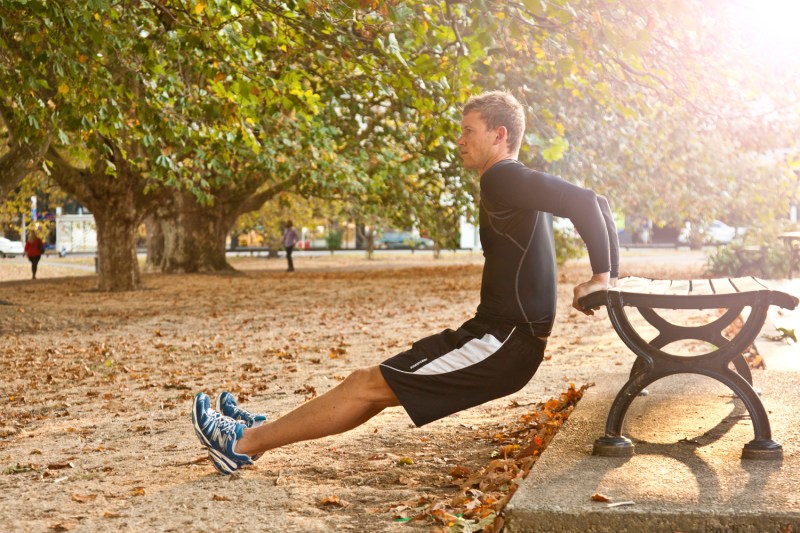
Planning out a perfect outdoor routine should involve warmup exercises, the main exercises including HIIT, bodyweight strength training, and cool-down stretches. A 30-minute outdoor workout can involve a 5-minute warmup (running, brisk walking, jogging, skipping), 25 minutes of exercises that both build muscle and burn fat, and a 5-minute cool-down (stretches, walking).
Sample bodyweight exercises you can do outside
Here are some bodyweight exercises you can do outside for your 25 minutes of exercise that build muscle and burn fat, as mentioned above.
- Squats
- Lunges
- Walking lunges
- Step-ups (with a park bench or stair)
- Hill sprints
- Pushups
- Dips (with a park bench)
- Plank
- Side plank
- Mountain climbers
- Jumping jacks
- Burpees
When you work out outdoors, you stand before Mother Nature. Open your eyes to her trees, flowers, terrains, and waterways. Breathe in the fresh air and enjoy yourself. Have the best of times while enjoying all the benefits of your outdoor workout.



